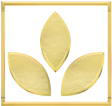
trees now planted
SEA MOSS INDUSTRY
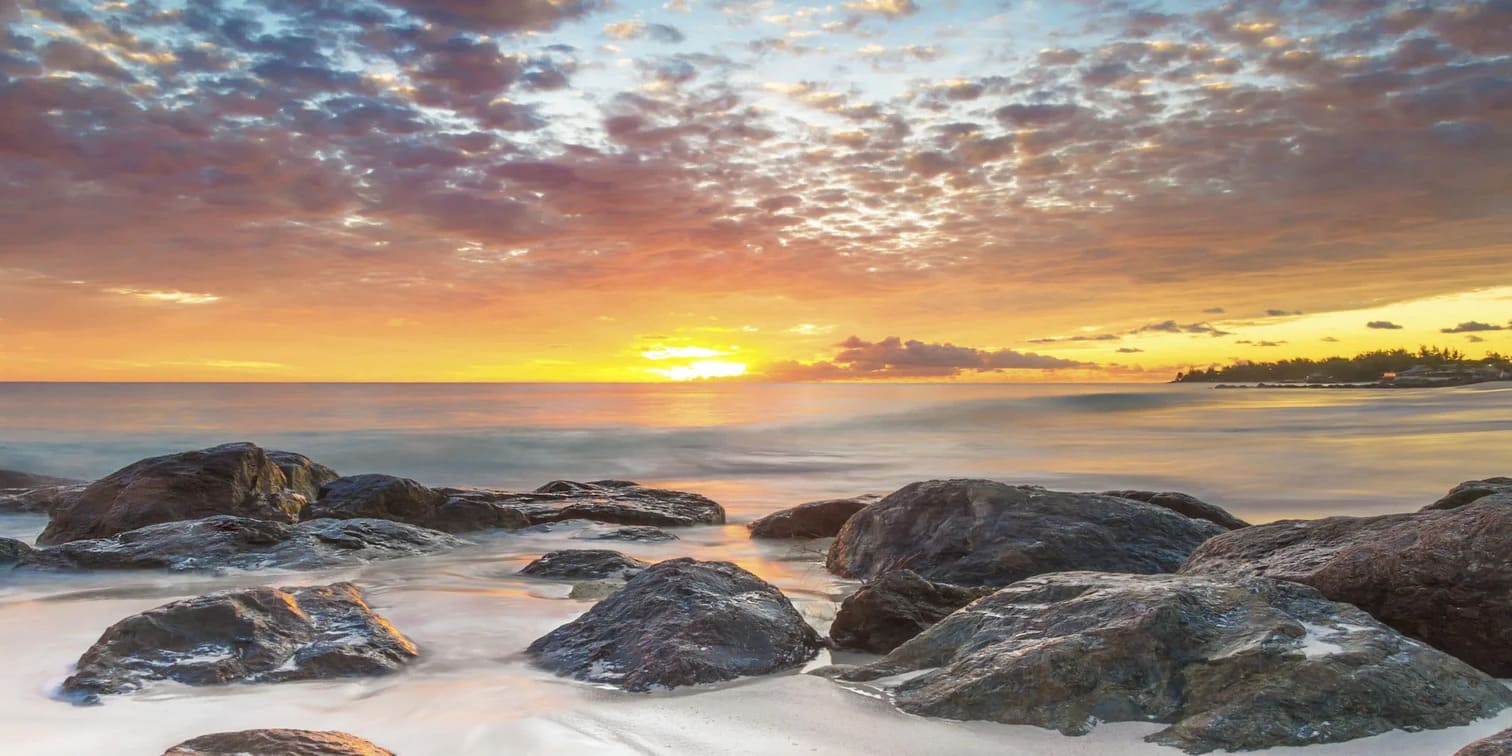

Introduction:
Sea Moss is a powerhouse ingredient with many amazing health benefits. The Sea Moss industry has some blind spots that can leave consumers confused, misinformed and vulnerable to being taken advantage of, so our objective in this article is to shed some light on these areas. We’ll explore the different types of sea moss available, how it’s marketed and the reality of the sea moss industry. We hope it helps you to understand more about the sea moss industry and enables you to make an informed choice when purchasing this wonderful sea treasure.The different types of sea moss for consumption:
There are several types of sea moss, but the two most popular ones are Genus Gracilaria and Chondrus Crispus, also known as Irish moss. Chondrus Crispus grows in cold waters in Canada, the East Coast of North America and the UK. Genus Gracilaria grows all year round in warm tropical water, around the Caribbean islands all the way down to South America. In some parts of the Caribbean, you may hear Genus Gracilaria referred to as ‘Irish Moss’ because the term was adopted from the colonials. It’s important to note that this isn’t a correct name for Genus Gracilaria. Although Irish Moss and Genus Gracilaria are both types of algae, they are two different species from different parts of the world. Genus Gracilaria has a thin, string-like appearance and is usually a yellow, golden colour but it can also be red or purple. Chondrus Crispus has flat leaf shapes at the top and is often dark purple but can be a lighter shade of purple or even green.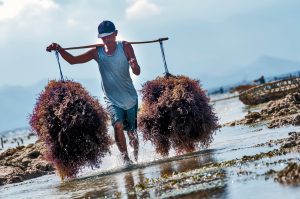
How sea moss is marketed:
The sea moss industry is rapidly expanding. More people are discovering its amazing health benefits, resulting in exponential growth in the sea moss market. However, many misconceptions surround this industry and how sea moss is marketed. These misconceptions include myths about certain colours, regions and growing environments producing better quality sea moss than others. You may have heard that some colours of sea moss contain more minerals, that they’re better for your health or that certain regions or islands grow healthier moss or have clearer water. This belief can make sea moss from certain places more expensive. These claims are not backed up by any existing scientific evidence and until further research is carried out on the different types of sea moss, they are merely hearsay.
Sea moss is often accompanied by phrases such as ‘wild harvested’, ‘wild crafted’, ‘natural’ and ‘organic’. While these words sound impressive, consumers should be aware that these claims aren’t always true.
It’s also good to be aware that there are several drying methods used when preparing the sea moss that is sold for consumption. Sea moss should take several days to dry out on a wooden surface. Drying darker colours of sea moss in the sun causes it to lose its rich tones. Therefore, drying these shades of sea moss takes longer and requires more labour, as they need to be dried in a dark room to retain their natural colour. However, some producers speed up the process by laying it on sheets of corrugated metal, which dries it out internally while contaminating it with metallic toxins. Some sea moss is also bleached to achieve the desired golden colour of Genus Gracilaria, so you must consider the possibility that certain highly-priced colours of Sea Moss may not be genuine.
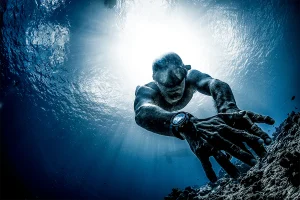
The reality behind the industry:
Both types of sea moss come in different colours, which are not related to the nutritional content of the seaweed, but rather the depth at which it grew. As a result, sea moss grown in the deeper parts of the ocean is exposed to less sunlight and tends to be less green. The colour of sea moss is caused by photosynthesis. In photosynthesis, ultraviolet rays from the sun cause reactions in plant cells and result in the production of chlorophyll in the leaves of the plant. It is the chlorophyll that is created via the process of photosynthesis that gives plants their colours. There are a multitude of colours within sea moss and they do not always correspond to the levels of sunlight they receive, as some colours are due to genetics. We can find examples of sea moss that grow in much deeper water with very little sunlight exposure, yet displaying all the available colours that are found nearer the surface.
Although some people sell purple sea moss at a higher price, the correlation between sea moss colour and health benefit is not true.
The natural state in which sea moss grows and predominantly resides on coral reefs and on rocks under the sea is always in motion due to strong currents and tides. Therefore, sea moss can be very difficult to obtain as it grows in such deep, temperamental waters. This is one reason why it can be very dangerous to dive for.
Misconceptions around the origin of sea moss come from the use of phrases such as ‘wild crafted’, ‘wild harvested’, ‘line grown’ and ‘organically grown’. Of course, coral reefs can take a long time to regenerate and the sea moss industry needs to keep up with an increasing supply and demand. To combat this, positive and negative methods have been developed, including completely man-made environments. Line-grown and rope-grown variants have proven to be very positive for sustainability and the resulting sea moss, as its still grown within its natural habitat and retains its performing attributes. These varieties can be referred to as natural or organically grown.
Unfortunately, some people have taken advantage of sea moss resilience and introduced it to environments such as swamps, stagnant waters and even man-made pools. In these cases, machinery is used to replicate the natural environment of sea moss by adding salts, chemicals and extra minerals. Sadly, these methods for cultivating sea moss are marketed as authentic varieties and consumers are completely unaware of the deceit that companies use to sell substandard sea moss for high prices.
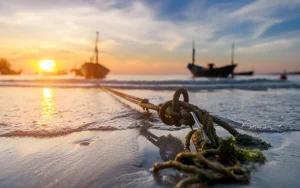
There are only four main distribution hubs in the Caribbean: Jamaica, Barbados, St Lucia and Antigua. In particular, Jamaica and St Lucia are at the forefront of the sea moss industry due to factors such as labour, taxation, living expenses and their population. The infrastructure of these two countries makes them attractive to companies as places to operate from and this has a direct effect on who fishermen decide to sell sea moss to. As sea moss is collected across a vast distance and fishermen will sell it to whichever company or island offers the highest price. This type of sea moss could be classed as wild crafted or wild harvested, as it has had no prior human interaction before being stripped off the reefs. However, if companies claim that their sea moss comes from a specific place, it can’t be wild harvested because the sea has no owner. This would mean that the wild harvested label is either a false claim or the sea moss has been grown in a conducive environment and would either be ‘organic’, ‘rope grown’, ‘line grown’ or ‘pool grown’. The best way to find out if your sea moss has been sourced from a direct importer and not a reseller is to request a phytosanitary certificate. This is a required document for exporting sea moss in submission to the Ministry of Health, which confirms the type, origin and source of the sea moss as well as the country it has been exported from. The certificate is then produced from this information and presented on arrival at customs.
Although we would like to believe that the Caribbean constantly has crystal clear waters, it is still subject to harsh tidal changes and currents which can displace sediment and cause the waters to become murky. Seasonal changes also affect the sea’s clarity. However, this doesn’t mean that the conditions are not suitable for sea moss to grow in. There are certain regions where sea moss can flourish, even in unexpected environments. In fact, it can even grow near active volcanoes which would be detrimental to most other forms of life. Sea moss is very resilient. It retrieves and processes many of the natural minerals and fulvic acids adding to its already huge array of 92 vitamins and minerals. These are also released by natural phenomena such as eruptions, fault lines and geysers, which release the building blocks of life. Sea moss uses this to its advantage, which makes it one of the most vitamin and mineral-rich natural products in the world. Unfortunately, the Caribbean is not exempt from practices that boost pollution with Trinidad and Tobago being a big oil and gas producer. Shipping lanes and cruise operators also have an immense effect on the sea’s environment.


